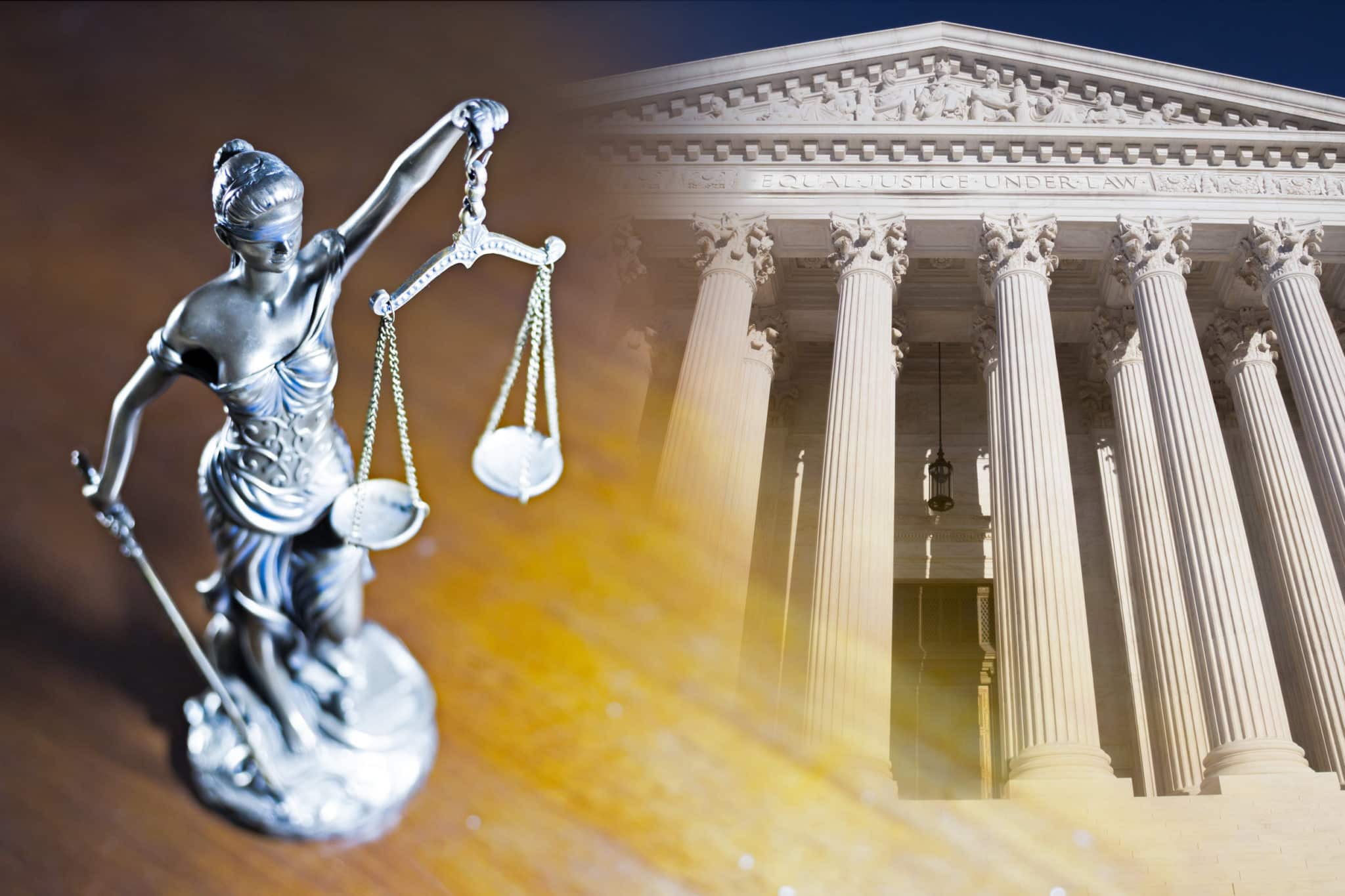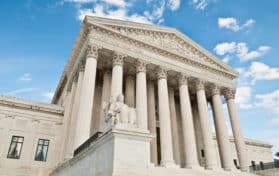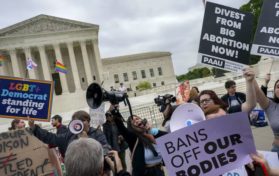
Although the ruling may seem a blow to pro-life advocates in Texas, the Supreme Court’s decision to allow a lawsuit filed by Texas abortion providers allows the law to remain in effect until further arguments on the controversial Texas Heartbeat Act may be presented.
On Friday morning, the United States Supreme Court ruled that a suit filed by providers against the state of Texas regarding the Heartbeat Act could proceed. The state argued that the way the law is written made it so that no suits could come forward until the law was enforced.
The Supreme Court heard arguments regarding a Mississippi law that sets the cut off for abortions in that state at fifteen weeks gestation. State Solicitor General Scott G. Stewart argued the merits of the law just two weeks ago; during this presentation to the Court, protestors on both sides of the issue crowded outside the Marble Palace.
Justice Neil Gorsuch, a Trump nominee to the bench, announced the decision on the Texas Heartbeat Act: “The Court concludes that the petitioners may pursue a pre-enforcement challenge against certain of the named defendants but not others.” The ruling is not meant to be the final decision regarding the Texas law; it is merely procedural.
However, the Court agreed to let the Heartbeat Act remain in effect until the legal challenges have moved through the Court.
The Court released the following statement: “The petitioners then filed a request for injunctive relief with the Court, seeking emergency resolution of their application ahead of the law’s effective date (which is approaching. In the abbreviated time available for review, the Court concluded that the petitioners’ filings failed to identify a basis in existing law that could justify disturbing the Fifth Circuit’s decision to deny injunctive relief.”
Other conservative Justices on the Court confirmed Gorsuch’s opinion on the matter; Justice Amy Coney Barrett and Justice Brett Kavanaugh – both Trump appointees – as well as Justice Samuel Alito lent their support to the opinion.
The Texas Heartbeat Law bans abortion after a fetal heartbeat can be detected, typically six weeks’ gestation. However, there is a unique system the law uses to enforce the ban; private individuals would be allowed under the law to file lawsuits against alleged abortion providers. The law was only recently signed into law; yet, opponents of the measure are already challenging the law’s constitutionality.
The Department of Justice had set out to challenge the law, but the Supreme Court dismissed said challenge on Friday in addition to releasing other opinion’s on the matter.
Traditionally conservative Justice Clarence Thomas agreed with Gorsuch’s opinion in part, but he also offered some dissent. He agreed with the dismissal of the case “against some defendants” but he would argue “there is no freestanding constitutional right to pre-enforcement review in federal court. At that point, Thomas stated that the abortion providers’ suit against the state of Texas “should be dismissed entirely.”
Chief Justice John Roberts, considered conservative but known to vote against the opinions of his conservative colleagues on the Court, sided with Justices Elena Kagan and Sonia Sotomayor. These Justices, along with Justice Stephen Breyer, stated the opinion that other officials – such as Texas Attorney General Ken Paxton – should be “allowed to be sued” (by the abortion providers).
Surprisingly, the Court did not give much discussion to whether they should block the enforcement of the law while the case is pending. Justice Roberts called on the District Court (where the pending litigation is taking place) should “resolve this litigation” and provide the requested relief “without delay.”





